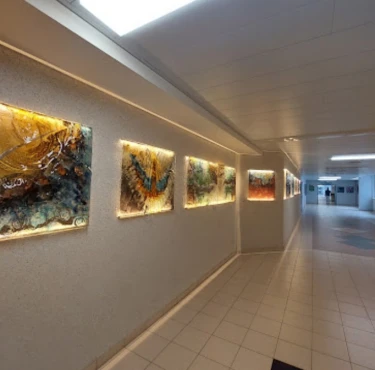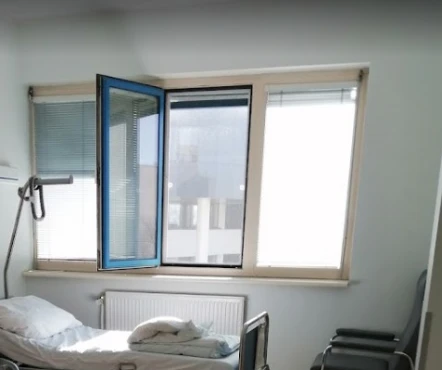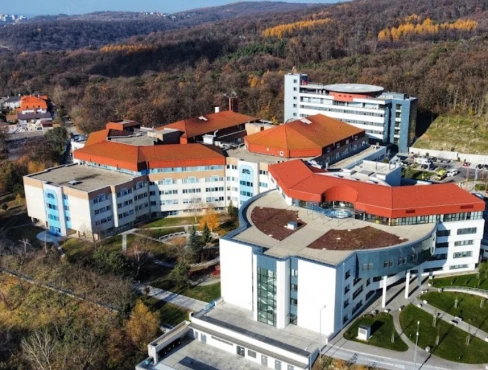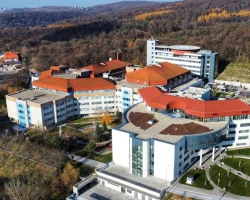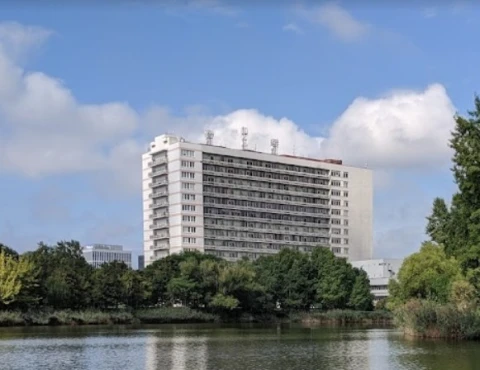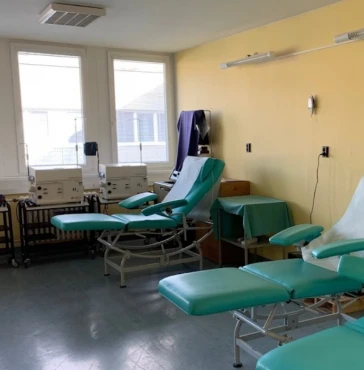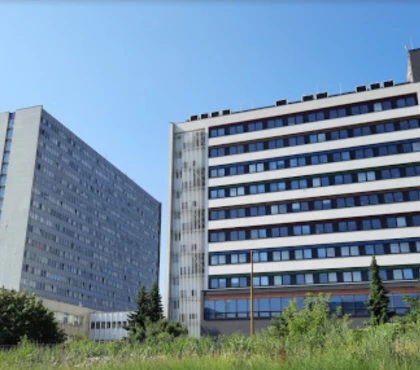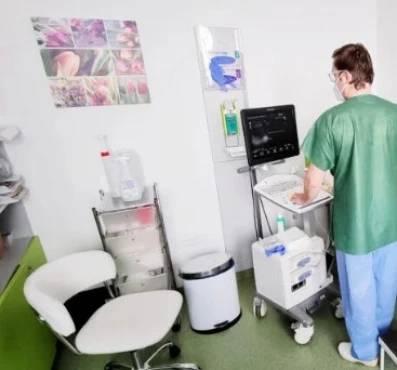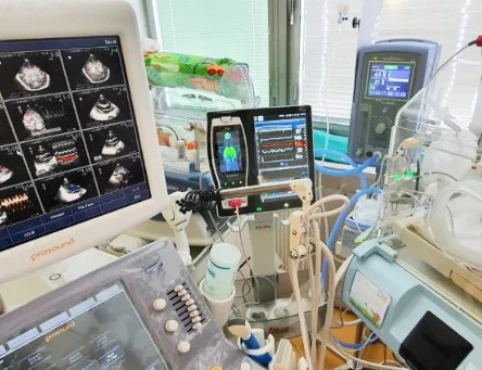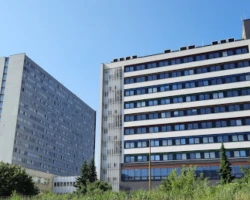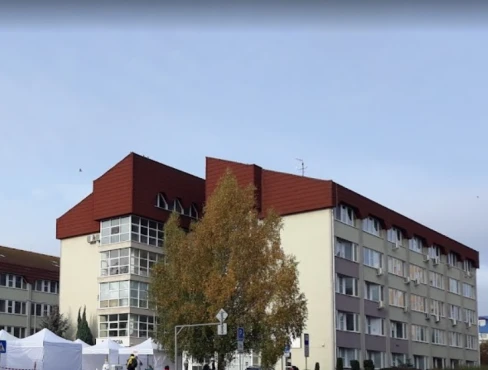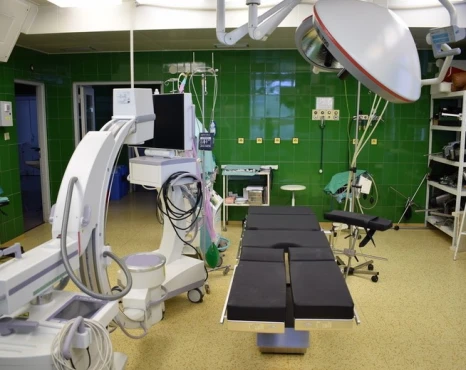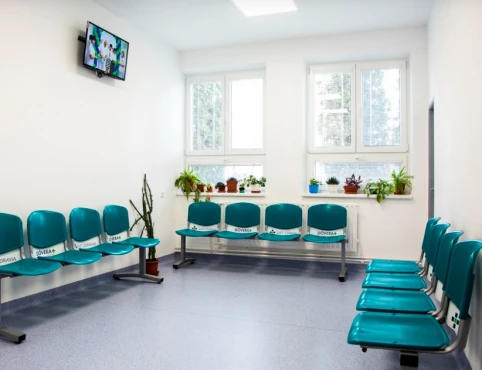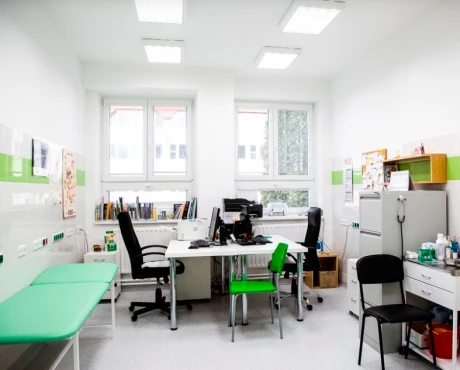Ventricular septal defect (VSD) treatment in 1 Cardiac surgery clinic in Slovakia
1 clinic specializing in Cardiac surgery providing treatment of
Ventricular septal defect (VSD)
Ventricular septal defect (VSD) is a congenital heart defect where there is a hole in the wall (septum) separating the heart's lower chambers (ventricles). It can lead to abnormal blood flow and heart strain, requiring medical monitoring and, in some cases, surgical repair in early childhood.
Read more...
disease in Slovakia.
Besides this clinic there is 1 Cardiac surgery clinic in Bratislava and 3 clinics in Slovakia.
Such diseases are treated by National Institute for Cardiovascular Diseases, Bratislava: Acute ST-elevation myocardial infarction (STEMI), Atrioventricular canal defect, Pulmonary stenosis, Transposition of the great arteries (TGA), Ventricular septal defect (VSD), and others.
3 nearby similar clinics in Slovakia
Perhaps you should consider 3 more clinics we have found nearby basing on your Location, Disease filters applied.


